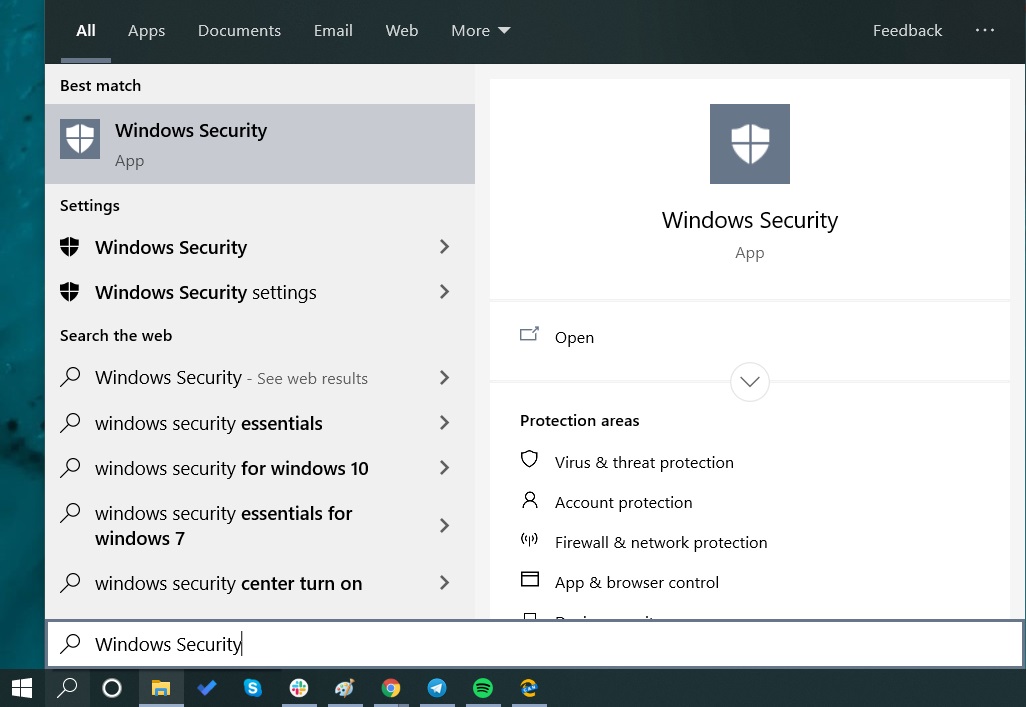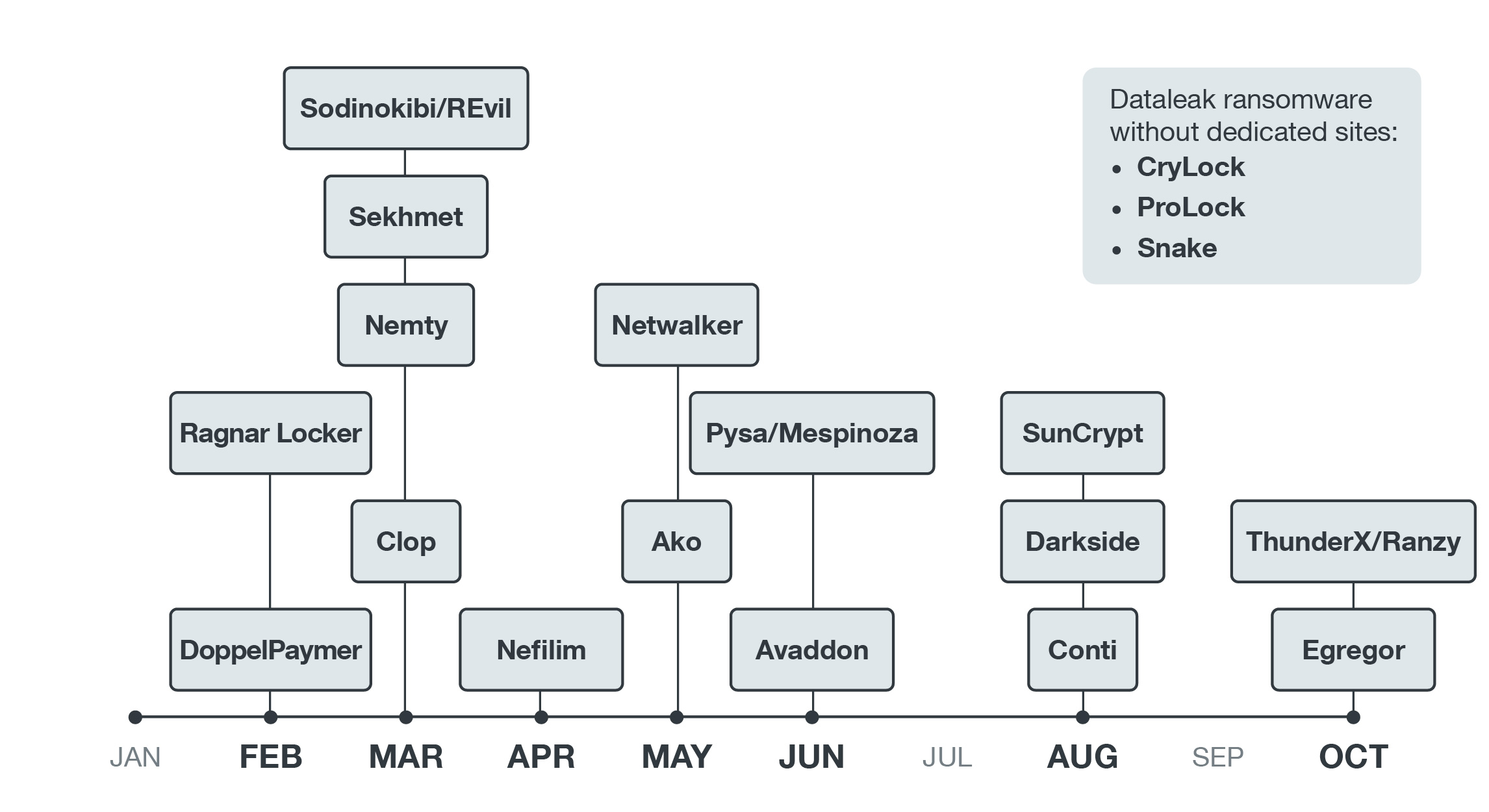

Make sure to only download anti-virus programs from reputable sources, such as Kaspersky Lab, Bitdefender, Norton, McAfee, and Webroot.
#Best ransomware protection 2016 software#
In general, it is a good idea to have virus protection software for any type of attack that may be launched against your systems. In the case that you were to lose access to your systems, you would simply be able to erase your hard drive and restore from the most recent backup. If your files are updated regularly to an external source (ideally one that is not connected to the Internet), you will have no reason to fear ransomware attacks. The best ransomware protection is a reliable backup of your systems. Though ransomware can seem scary, there are a few simple tips that can keep you safe from the majority of threats.

Once the virus is in the system, it can spread to other users, which is why office environments can be so dangerous. Most often, these attacks come through email, usually as an attachment.Īn often harmless-looking email will be sent to the victim, and then the victim will download the attachment, which will run a program once downloaded that attacks. How Does Ransomware Enter a System?īecause ransomware is a type of virus, it is spread both directly from attacker to victim, as well as from victim to victim. The two most prevalent types of ransomware are encrypting ransomware, which encrypts the victim’s files and demands a ransom for the key that can unlock the files, and locker ransomware, which simply prevents the victim from using their computer at all until the ransom is delivered. The first known ransomware attack was in 1989, and attacks have only become more sophisticated since. Often, ransomware will lock a victim’s computer or steal their data, and won’t release the data until the victim pays the ransom. Ransomware is a subtype of virus that, once downloaded, hijacks the victim’s files until a ransom is paid.


 0 kommentar(er)
0 kommentar(er)
